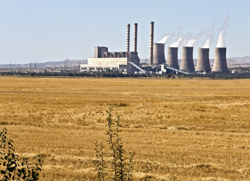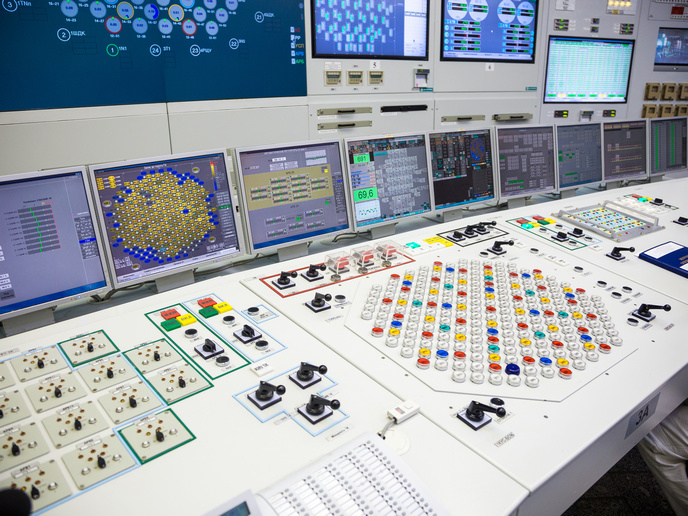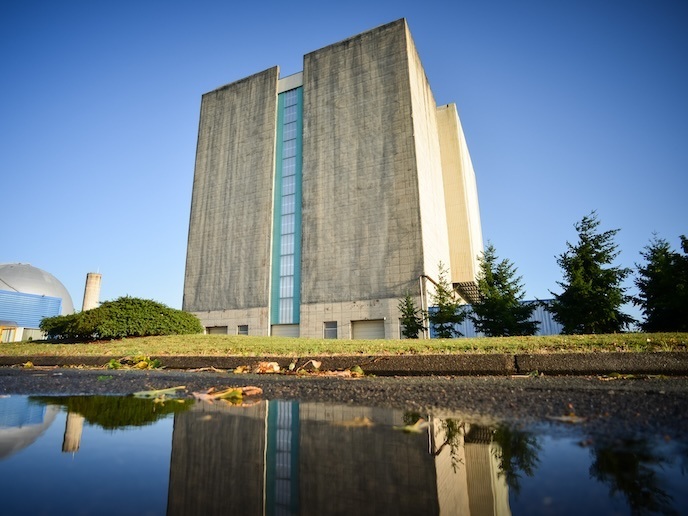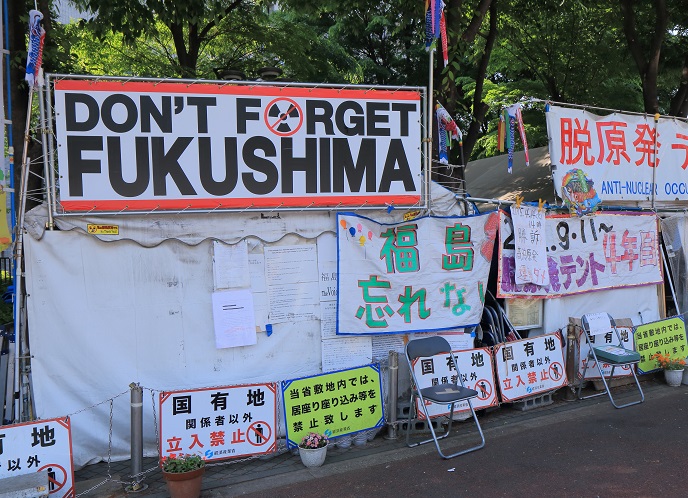Understanding ageing in nuclear power plants
While bearing in mind that the lifetime of nuclear power plants is definitely limited by the ageing of non-replaceable components, utilities have developed dedicated procedures to assess their structural integrity. Measurements of fracture toughness on laboratory specimens have a key role to play in ensuring the safe operation of nuclear power plants until their expiration date. However, significant obstacles remain as regards the application of laboratory-generated representations of fracture initiation for assessing postulated defects in critical components such as reactor pressure vessels. Disparity between measurements on laboratory specimens and on nuclear reactor components provided motivation for the VOCALIST project funded under the Fifth Framework Programme of EURATOM. Project partners at the Technical Research Centre of Finland contributed to the VOCALIST project with their accumulated expertise in applying results obtained from 'Master curve' models. The basic 'Master curve' model was used to simulate two sets of fracture toughness data derived from specimens with deep and shallow notches. Thermal shock tests are characterised by higher probability of defect extension on the components' surface, where assessment of the fracture's toughness is complicated due to the constraint effect. In light of this, experimental results were re-evaluated to improve imprecise correlations between results obtained by empirical test methods and fracture toughness curves with direct use of fracture toughness data. Through comparisons of the probability of notch extension for given values of temperature and stress distribution ahead of the notch tip, the model's sensitivity to individual parameters was optimised. Although difficult to apply, the 'Master curve' model was proven to provide reliable estimates for fracture propagation in material samples from the pressure vessels of real nuclear reactors.







